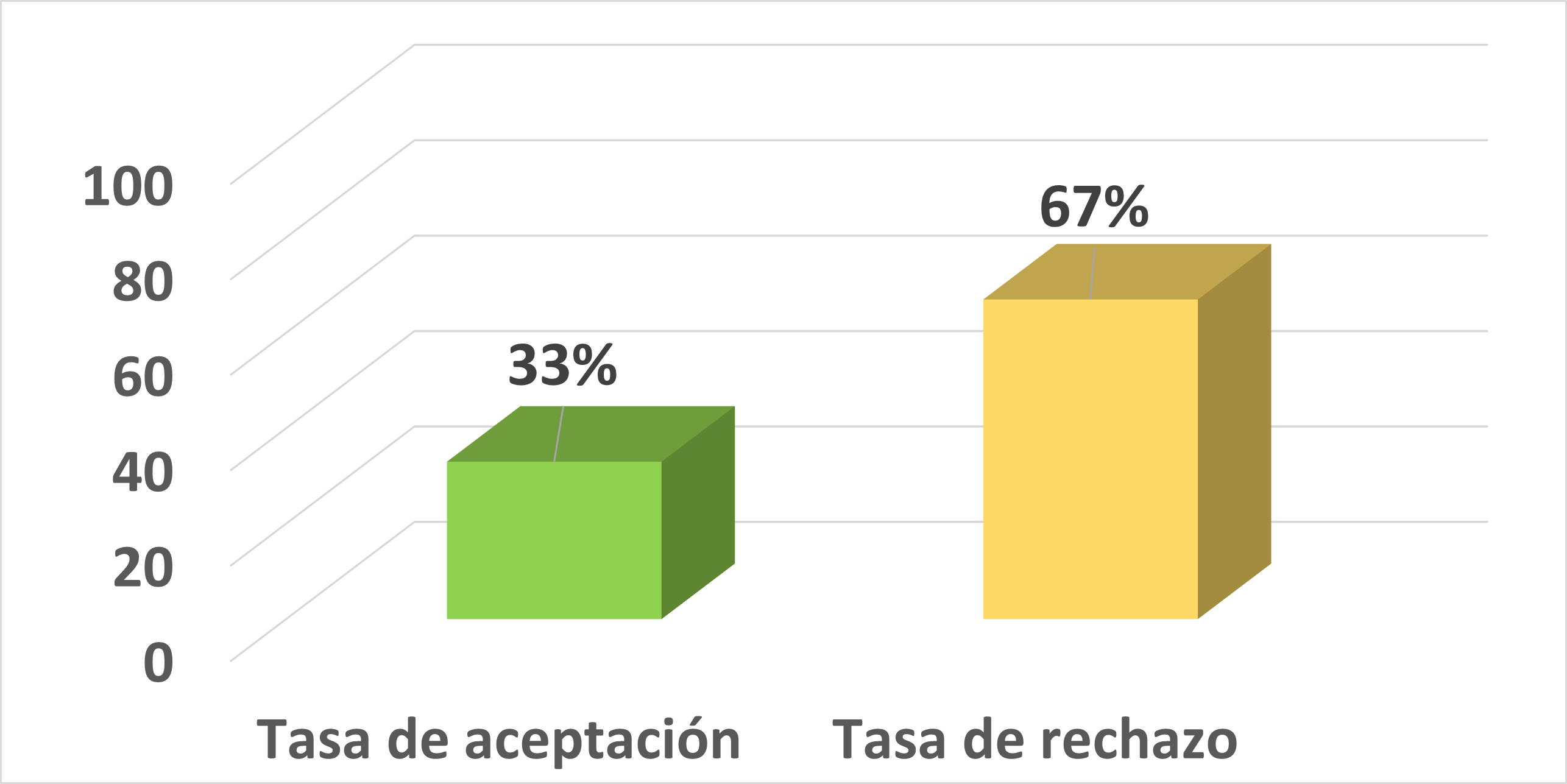Analysis Methodology three solar cookers, Cash, Parvati and Combined (Box-Parvati)
Keywords:
functional comparison, solar radiation, thermal eficiency, solar energyAbstract
The aim of this article is materialize and evaluate the ef ciency of a new solar cooker prototype which arises from the combination of the fundamental characteristics of two different types of solar cookers: solar box cooker (accumulation stove) and double angle solar cooker or Parvati (concentration stove), although most of accumulation solar cookers resulting from this mixture (re ectors adapted to increase energy capturing) opposite is proposed in this case, to create a greenhouse effect in a concentration stove through the implementation of a cover glass and glass ber insulation in the side surfaces of the stove. With respect to the evaluation, the heat gain rate and the maximum temperature reached of the prototype is compared with its two predecessors. The testing of the three solar cookers were made at the same time under the same solar conditions in Catamayo City, province of Loja. A methodology based on numerical integration is incorporated in order to determine the radiation and ef ciency mean during the tests, as well as the thermal performance of the solar cookers for future application in social sectors in the Southern Region of Ecuador.References
Brunicardi, C., & Anderson, D. (2010). Shcwarts Principios de Cirugia (Octava Edicion ed.). (M. G. Hill, Ed.) houston, texas, Estados Unidos.
Madiba, T. E., & Thompson, S. R. (2002). The Management of cecal volvulus. PubMed , 45-64.
Hiltunen, K. M., & Matikainen, M. (2009). Colonic volvulus. Diagnosis and results of treatment in 82 patients. European Journal surgery , 158-607.
Ruiz Tovar, J., & Calero Garcia, P. (2009). Vo ́lvulo de ciego: presentacio ń de 18 casos y revisio ń de la literatura. Cirugía Española , 110-113.
Gingold, D., & Murrell, Z. (2012). Management of Colonic Volvulus. Clinics in Colon and Rectal Surgery , 25, 236-244.
Hasbahceci, M., & Basak, F. (2012). Cecal Volvulus. Indian Journal Surgery , 74, 476- 479.
Hellinger, M., & Steinhagen, R. (2009). Colonic Volvulus. The ASCRS Textbook of colon and Rectal Surgery , 286-298.
Consorti, E., & Liu, T. (2005). Diagnosis and treatment of caecal. Postgrad Med Journal , 81, 772-776.
Katoh, T., & Shigemori, T. (2009). Cecal volvulus: report of a case and review of Japanese literature. World Journal Gastroenterol , 2547-2549.
Tsai, M., Lin, M., & Chang, K. (2006). Optimal interval from decompression to semi-elective operation in sigmoid volvulus. Hepatogastroenterology , 53, 354-356.
Friedman, J., & Odland, M. (2009). Experience with colonic volvulus. Dis Colon Rectum , 32, 409-416.
Renzulli, P., Maurer, C., & Netzer, P. (2006). Preoperative colonoscopic derotation is bene cial in acute colonic volvulus. Diagnostic Surgery , 19, 223.229.
Downloads
Published
How to Cite
Issue
Section
License
Those authors who have publications with this journal, accept the following terms:
- After the scientific article is accepted for publication, the author agrees to transfer the rights of the first publication to the CEDAMAZ Journal, but the authors retain the copyright. The total or partial reproduction of the published texts is allowed as long as it is not for profit. When the total or partial reproduction of scientific articles accepted and published in the CEDAMAZ Journal is carried out, the complete source and the electronic address of the publication must be cited.
- Scientific articles accepted and published in the CEDAMAZ journal may be deposited by the authors in their entirety in any repository without commercial purposes.
- Authors should not distribute accepted scientific articles that have not yet been officially published by CEDAMAZ. Failure to comply with this rule will result in the rejection of the scientific article.
- The publication of your work will be simultaneously subject to the Attribution-NonCommercial-NoDerivatives 4.0 International (CC BY-NC-ND 4.0)









